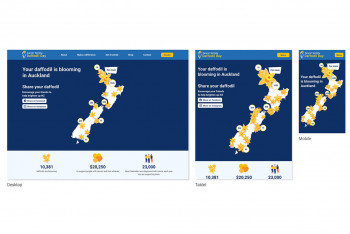Personas act as the voice of your user. Well crafted personas help us understand who we are building this for so that we can better meet their needs through design.
A persona represents a core group of users who exhibit similar behavioral patterns in their purchasing decisions, use of technology or products, customer service preferences, lifestyle choices, and more.
Well-crafted personas help us answer the question, “Who are we building this for?” so that we can align web design goals toward your audience and fit their needs.
But shouldn't we know what our audience wants?
We are individuals and we all look at things differently based on their experiences, abilities, and requirements. Often when we think of users we only consider what their end goal is, and then forget what obstacles they might encounter along the way.
Personas factor in potential frustrations to the user - for example a user might have limited access to the Internet so having to download large images is a pain-point; or maybe a key user group only use a mobile device to access your site, so extra care toward perfect responsiveness is essential.
They help us identify these characteristics and gain user empathy so that we can focus on the core users instead of trying to consider thousands of individuals.
In addition they can help:
- Stakeholders and leaders evaluate (and prioritise) new site feature ideas
- Structure your website’s content, or site-tree (Information Architecture)
- Copywriters ensure site content is written to the appropriate audiences
- Lay the foundation for the wireframe, or high-level layout of your website
- Designers create the overall look and feel of the website
System engineers/developers decide which approaches to take based on user behaviours
Conclusion:
We advise that our clients investigate personas prior to our first workshop because it will help both parties understand the core audience groups going into the project. Once these are established we combine them with scenarios to form user stories, which come together to make a features list or a backlog.




